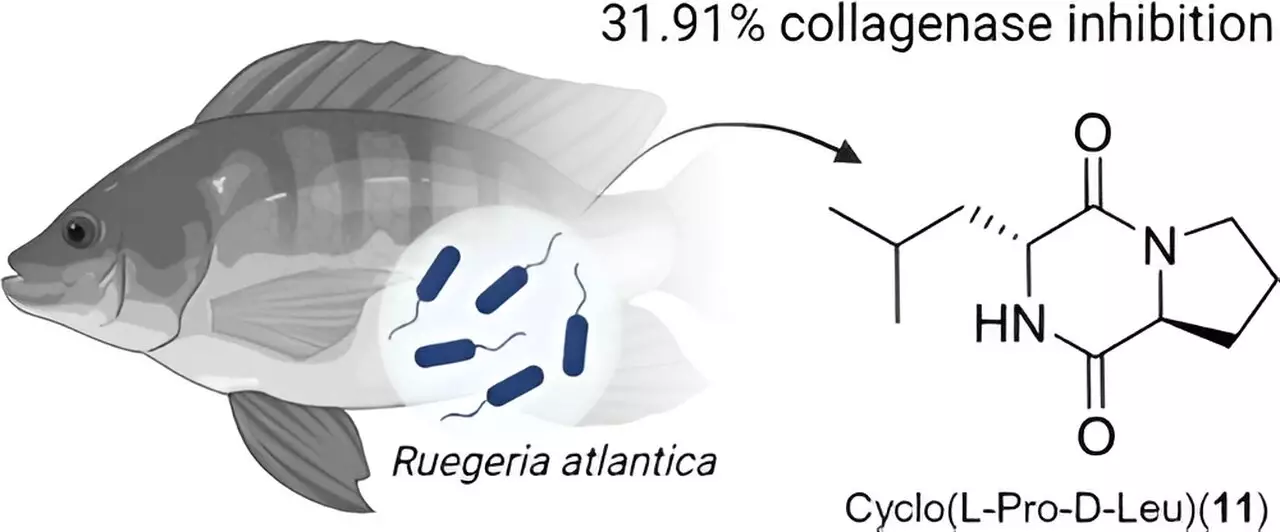The world of cosmetics is often depicted as a blend of the exotic and the bizarre, with formulations that can include everything from crushed pearls to plant extracts from the Amazon rainforest. Recently, scientists have ventured into even stranger territory by turning to the microbes residing in fish guts. An intriguing study published in ACS Omega has shed light on the potential of these microbial compounds as novel additions to skincare. While ingredients like snail mucin have made waves for their touted moisturizing benefits, the quest for new and innovative compounds is leading researchers to delve deeper into the aquatic realm.
Researchers Hyo-Jong Lee and Chung Sub Kim have embarked on a pioneering exploration of the gut bacteria found in species such as the red seabream and the blackhead seabream. Rather than dismissing these organisms as merely wasteful byproducts, the study proposes they may yield powerful cosmetic agents. Historically, scientific advances have often arisen from unexpected places. For example, the discovery of penicillin or the isolation of anti-cancer compounds from marine microbes have exposed the potential of nature to inspire groundbreaking innovations.
In their analysis, Lee and Kim identified no less than 22 unique metabolites produced by the bacteria in the seabream guts. This inventory opens up a realm of possibilities for skincare applications, particularly as the research begins to assess how well these compounds perform in inhibiting key enzymes associated with aging and skin discoloration.
A critical component of the study is the focus on tyrosinase and collagenase—two enzymes that play significant roles in skin health. Tyrosinase is linked to melanin production; excessive activity can lead to hyperpigmentation, while collagenase contributes to the degradation of collagen, accelerating the development of wrinkles. The identification of compounds that can effectively inhibit these enzymes is significant, as it suggests a pathway for preventing and reversing signs of aging.
The findings revealed that three specific metabolites from the red seabream’s gut bacteria displayed notable efficacy in inhibiting both enzymes without causing cellular damage. This suggests not only their potential as skin-brightening agents but also their capacity to reduce the signs of aging, offering an exciting prospect for skincare formulations in the future.
While this research is still in its infancy, the implications are far-reaching. If further studies validate the cosmetic potential of these compounds, we could see a shift in how the industry approaches ingredient sourcing. The use of traditionally considered ‘yucky’ sources could pave the way for environmentally sustainable and innovative beauty products.
As consumers become more ingredient-conscious, products derived from the untapped potential of marine life might not only capture the imagination but also deliver effective skincare benefits. As this study emphasizes, sometimes the answers to our beauty dilemmas lie in the most unexpected places—quite literally in the guts of fish! This revolutionary thinking may redefine norms within the cosmetic industry, steering it towards a future that embraces scientific curiosity and the wonders of nature.


Leave a Reply